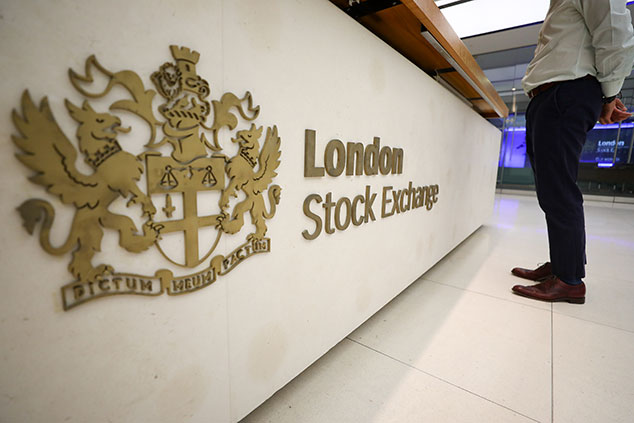
However, over the last few years, Aim shares have actually outperformed the main market. Has Aim finally “grown up”, or is it just a sign that the small-cap growth stock bubble is reaching bursting point? We decided to talk to two experts from Octopus, a fund management company that focuses on Aim shares (and other similar areas of investing such as venture capital trusts (VCTs) and the Enterprise Investment Scheme (EIS)). Paul Latham is the Managing Director of Octopus Investments, while Richard Power has had a lot of success running Octopus’ UK Micro-Cap Growth Fund.
Latham admits that there was “a big surge in interest in Aim shares five years ago when the government changed the rules to allow ordinary investors to hold Aim shares as part of an Isa [individual savings account]”. Previously, investors in Isas, although exempt from any capital gains on their investments while they were alive, were still charged up to 40% inheritance tax on their estate when they died. Allowing them to hold Aim shares, which are exempt from inheritance tax (IHT), in the Isa wrapper meant that they were able to get the best of both worlds – a great deal for those looking for “a multi-generational investment”.
Of course, Aim shares are by no means risk-free investments. Because of their small size and reduced liquidity, “they tend to move much more quickly in either direction than the main market”, says Latham. It’s also important to realise that not every Aim share is eligible for inheritance-tax relief. This can make investing in the Aim market “very dangerous” for those who aren’t able to work out which ones meet the criteria, and which do not. Indeed, he argues that small-cap investing is one of the areas where active managers (such as Octopus) can add value “by making sure all the companies that we invest in are IHT-free”.
Tax changes aside, Power thinks that there has also been an evolution in the type of companies that appear on Aim. “In the 1990s when I started in investment management, a lot of Aim companies were small family engineering firms which had most of their sales in the UK”. Today, those companies “have started to expand internationally, and have been joined by others, where a global strategy is already part of their business plan”. In his view, a key part of successful Aim investing is spotting companies with both the desire and ability “to increase sales from £10m to £50m, rather than those that just want to increase from £10m to £15m”.
Power recommends that investors take a bottom-up approach that looks for great companies, rather than try to focus on those in a specific line of business. Of course, some sectors look more attractive than others. For example, the high street and restaurants are under a bit of pressure at the moment, with many firms issuing profit warnings. However, he still thinks that there are growth opportunities to be found if you look hard enough (he is very enthusiastic about Young’s Breweries (Aim: YNGA).
Generally, his method is to find high-quality companies than can generate increasing amounts of cash. Once he finds such companies, he buys them and tries to hold them through the economic cycle, rather than engaging in economic timing. One of his fund’s largest current holdings, and an investment that he has held for a long time, is GB Group (Aim: GBG), which makes IP verification software (allowing websites to work out where their users are coming from). He notes with pride that GB now gets around a third of its revenue from outside the UK.
Because of the increasingly global nature of Aim, Power is confident that Brexit won’t have much of an effect on the overall market. However, he admits that “several companies have complained to me that the vote to leave the EU has made it much harder to attract skilled labour to the UK, and many EU workers have even started to return home to the continent”. Indeed, one or two of them have even decided to expand non-UK operations at the expense of the UK, because they think that post-Brexit UK immigration policy will become too restrictive.